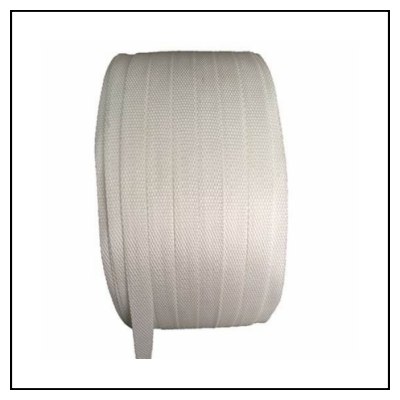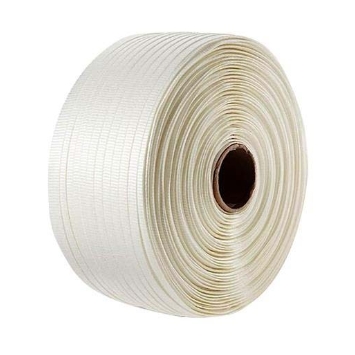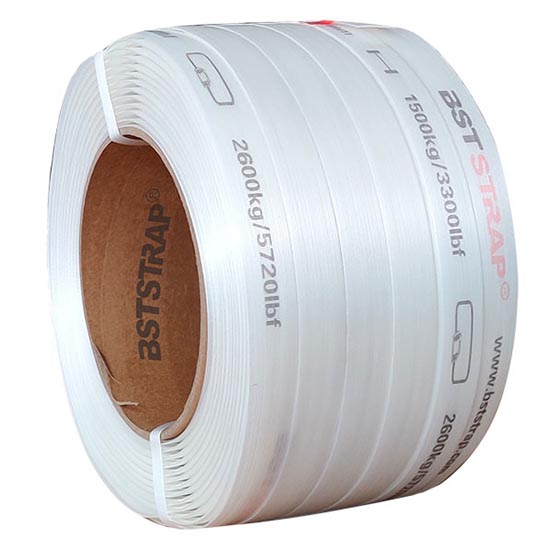General News
How to Choose the Right Composite Cord Strapping
In modern logistics and packaging industries, composite cord strapping is widely used due to its excellent tensile strength and lightweight characteristics. However, with numerous products available on the market, selecting the most suitable strapping can be challenging. Here are some important factors to consider when choosing composite cord strapping.
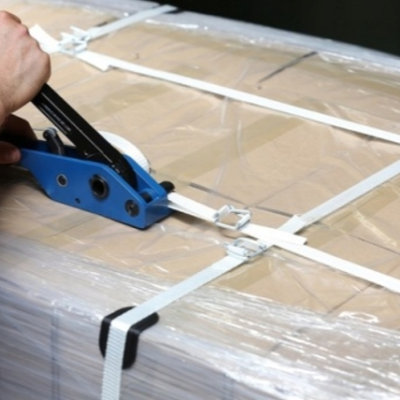
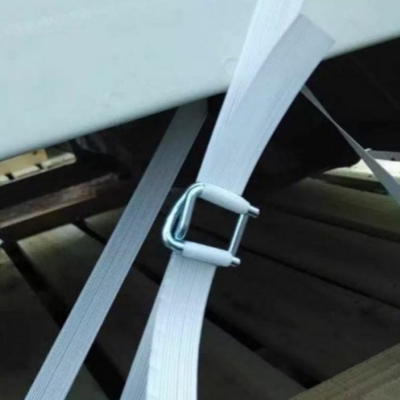
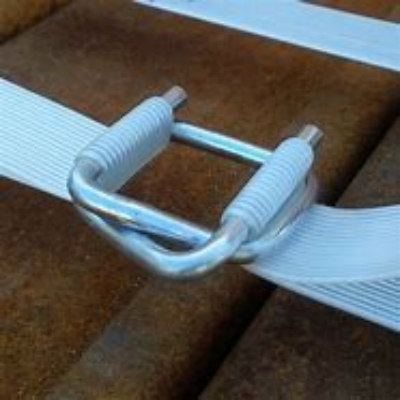
1. Determine Application and Load Capacity
Different application scenarios will impose various requirements on strapping performance. First, you need to clarify your specific use case for the strapping, whether it's for bundling, transport, or packaging. Additionally, load capacity is a crucial indicator to ensure that the selected strapping can safely support the intended weight.
2. Material Properties
The material characteristics of composite cord strapping directly impact its performance. Common materials include polypropylene (PP) and polyester (PET). When making your selection, consider the following:
- **Corrosion Resistance**: If the strapping will be used in damp or chemical environments, select materials with high corrosion resistance.
- **Abrasion Resistance**: In high-wear environments, choose strapping with good abrasion resistance to extend its service life.
3. Selection of Width and Thickness
The width and thickness of the strapping directly affect its performance. Choose the width and thickness based on the size and shape of the items being bundled, ensuring the strapping can securely hold the items in place and prevent accidental release.
4. Strength and Elasticity
Tensile strength and elasticity of composite cord strapping are also critical factors in your selection process. Strapping with high strength can withstand larger loads, while appropriate elasticity helps absorb vibrations during transport and reduces the risk of damaging items.
5. Compatibility with Tools and Accessories
When selecting composite cord strapping, ensure it is compatible with your existing strapping tools, such as strapping machines and closures. This will improve operational efficiency and simplify the process.
6. Consider Environmental Factors
The conditions under which the strapping will be used can impact your choice. For example, if used in extreme temperatures, direct sunlight, or damp conditions, select strapping that can withstand these environmental factors.
7. Evaluate Cost-Effectiveness
Choose strapping that offers good value for money while meeting technical performance requirements. Consider long-term usage costs, including durability and replacement frequency.
Conclusion
Selecting the most appropriate composite cord strapping requires a comprehensive consideration of various factors to ensure its performance meets specific usage needs. With the guidance above, we hope to assist you in finding the right composite cord strapping among numerous options, enhancing work efficiency and safety. If you have any further questions or need more information, please feel free to contact us!


